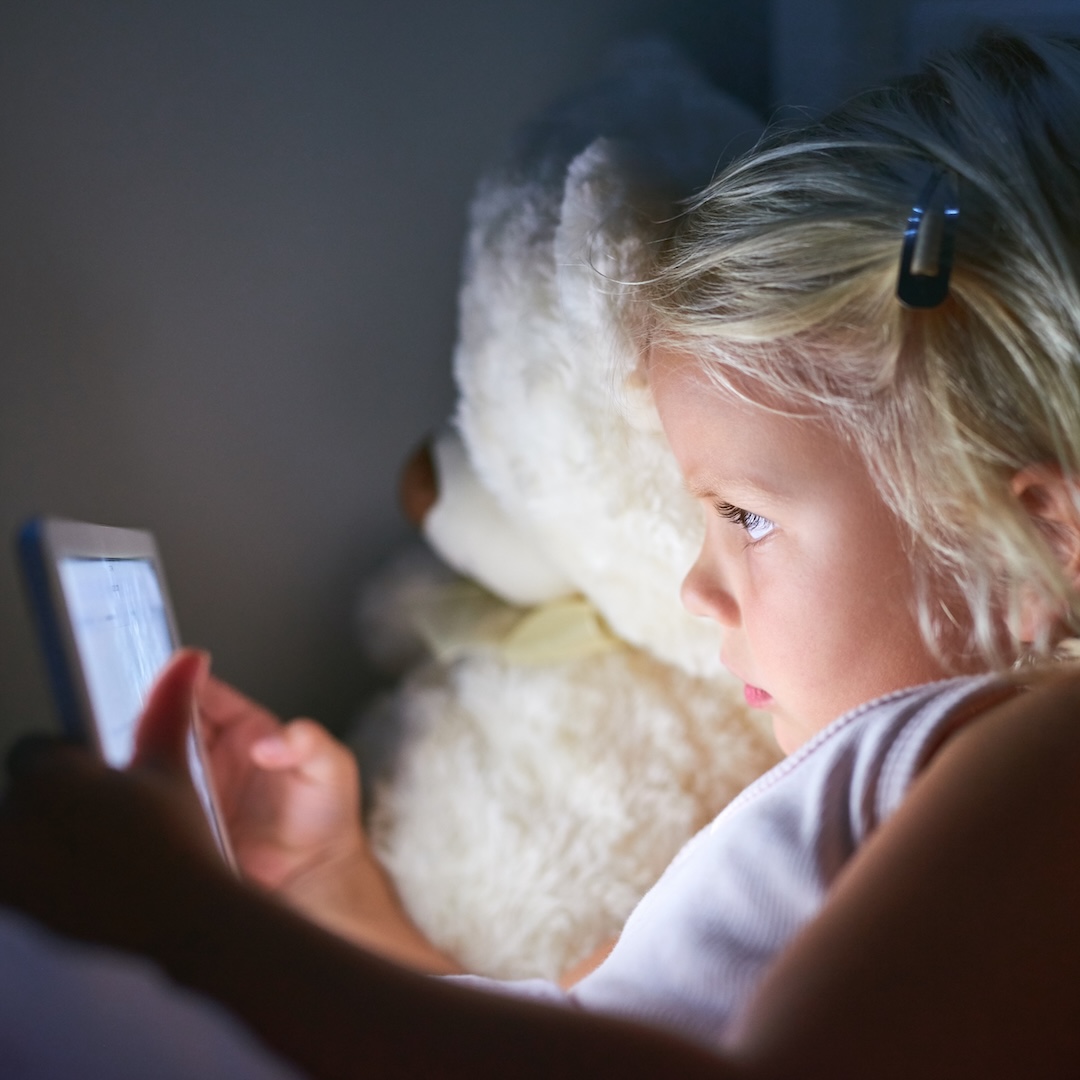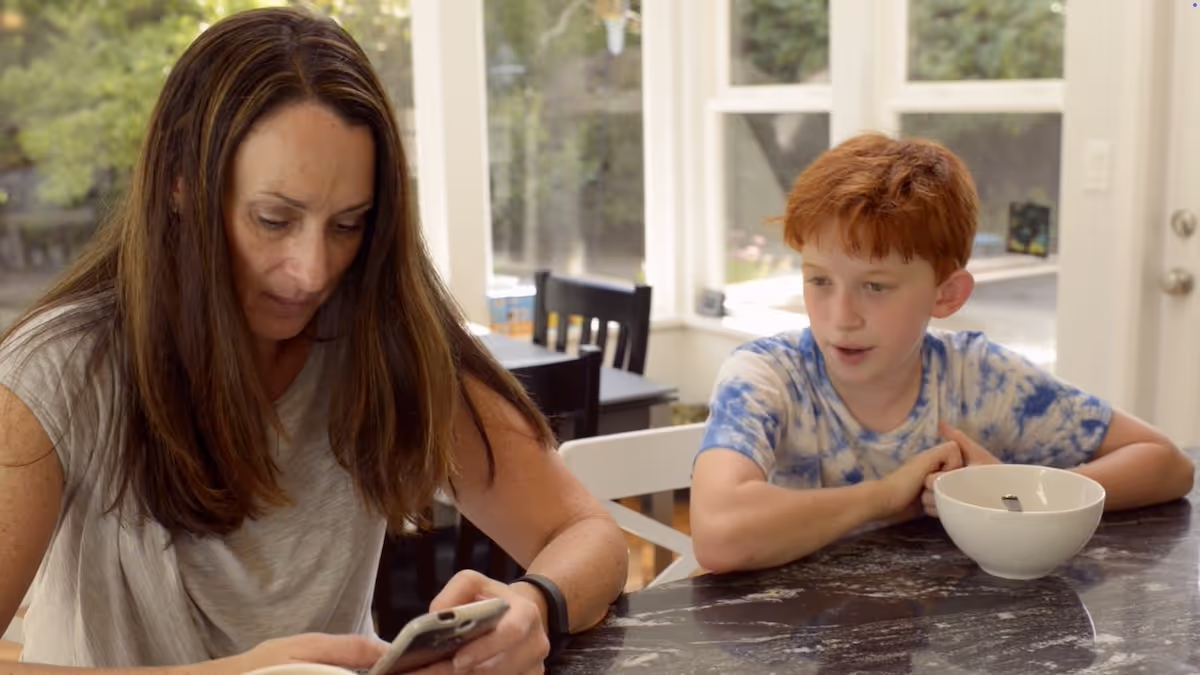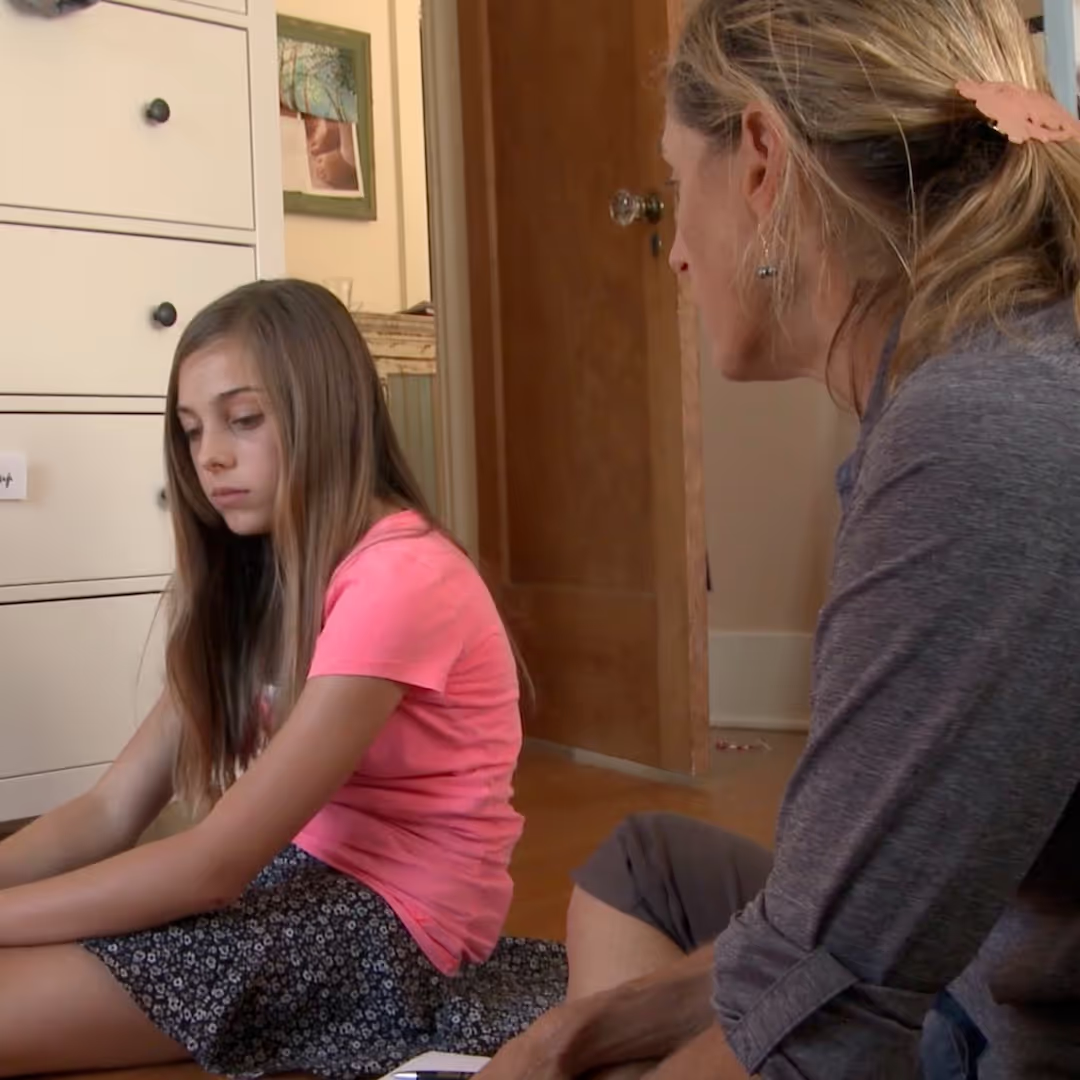



Teens spend on average 6.5 hours a day on screens of all sizes, according to a recent survey by the Kaiser Foundation. Kids spend an average of 9 hours a day on media--so this includes listening to music, which is not included in the screen time figure (Common Sense Media recent survey). To reduce screen time, the screen time hours need to be replaced with other activities. Afterschool programs are one solution to helping kids find interests outside of social media, online content and video games.
One myth about kids is that they are over-scheduled and deserve downtime. In fact, according to The Afterschool Alliance’s “American After 3 p.m.” study, 40% of kids the U.S. do not have access to afterschool activities, which means that disadvantaged kids are spending much more time online than advantaged kids.
Afterschool programs not only offer ways for kids to spend time away from screens, they often actively discourage their use. My daughter’s ballet school, for example, doesn’t allow use of phones in the dance studio. If students absolutely must make a call or send a text, they can do so during the break but never in the studio during class. Our son plays sax which is impossible to do while holding a phone!
Research from the Afterschool Alliance found big improvements in school attendance and better test scores when kids have activities after school. The more often a child attends an after school program and the longer the program lasts, the better the academic outcomes. Children’s behavior improves as well as their self esteem.
Check out the Afterschool Alliance’s America’s Afterschool Storybook to see how these programs can change lives. A few examples include a young woman who took her first judo class through an afterschool program and is now a national champion and a young man who started dancing at age 11 at the Wooden Floor, a nonprofit dance studio in Santa Ana, CA.
Here is a video from the Screenagers YouTube Channel that talks more about this subject
Learn more about showing our movies in your school or community!
Join Screenagers filmmaker Delaney Ruston MD for our latest Podcast

Learn more about our Screen-Free Sleep campaign at the website!
Our movie made for parents and educators of younger kids
Learn more about showing our movies in your school or community!
Learn more about showing our movies in your school or community!
Join Screenagers filmmaker Delaney Ruston MD for our latest Podcast

Learn more about our Screen-Free Sleep campaign at the website!
Our movie made for parents and educators of younger kids
Join Screenagers filmmaker Delaney Ruston MD for our latest Podcast
As we’re about to celebrate 10 years of Screenagers, we want to hear what’s been most helpful and what you’d like to see next.
Please click here to share your thoughts with us in our community survey. It only takes 5–10 minutes, and everyone who completes it will be entered to win one of five $50 Amazon vouchers.

Teens spend on average 6.5 hours a day on screens of all sizes, according to a recent survey by the Kaiser Foundation. Kids spend an average of 9 hours a day on media--so this includes listening to music, which is not included in the screen time figure (Common Sense Media recent survey). To reduce screen time, the screen time hours need to be replaced with other activities. Afterschool programs are one solution to helping kids find interests outside of social media, online content and video games.
One myth about kids is that they are over-scheduled and deserve downtime. In fact, according to The Afterschool Alliance’s “American After 3 p.m.” study, 40% of kids the U.S. do not have access to afterschool activities, which means that disadvantaged kids are spending much more time online than advantaged kids.
Afterschool programs not only offer ways for kids to spend time away from screens, they often actively discourage their use. My daughter’s ballet school, for example, doesn’t allow use of phones in the dance studio. If students absolutely must make a call or send a text, they can do so during the break but never in the studio during class. Our son plays sax which is impossible to do while holding a phone!
Research from the Afterschool Alliance found big improvements in school attendance and better test scores when kids have activities after school. The more often a child attends an after school program and the longer the program lasts, the better the academic outcomes. Children’s behavior improves as well as their self esteem.
Check out the Afterschool Alliance’s America’s Afterschool Storybook to see how these programs can change lives. A few examples include a young woman who took her first judo class through an afterschool program and is now a national champion and a young man who started dancing at age 11 at the Wooden Floor, a nonprofit dance studio in Santa Ana, CA.
Here is a video from the Screenagers YouTube Channel that talks more about this subject
Sign up here to receive the weekly Tech Talk Tuesdays newsletter from Screenagers filmmaker Delaney Ruston MD.
We respect your privacy.

Teens spend on average 6.5 hours a day on screens of all sizes, according to a recent survey by the Kaiser Foundation. Kids spend an average of 9 hours a day on media--so this includes listening to music, which is not included in the screen time figure (Common Sense Media recent survey). To reduce screen time, the screen time hours need to be replaced with other activities. Afterschool programs are one solution to helping kids find interests outside of social media, online content and video games.
One myth about kids is that they are over-scheduled and deserve downtime. In fact, according to The Afterschool Alliance’s “American After 3 p.m.” study, 40% of kids the U.S. do not have access to afterschool activities, which means that disadvantaged kids are spending much more time online than advantaged kids.
Afterschool programs not only offer ways for kids to spend time away from screens, they often actively discourage their use. My daughter’s ballet school, for example, doesn’t allow use of phones in the dance studio. If students absolutely must make a call or send a text, they can do so during the break but never in the studio during class. Our son plays sax which is impossible to do while holding a phone!
Research from the Afterschool Alliance found big improvements in school attendance and better test scores when kids have activities after school. The more often a child attends an after school program and the longer the program lasts, the better the academic outcomes. Children’s behavior improves as well as their self esteem.
Check out the Afterschool Alliance’s America’s Afterschool Storybook to see how these programs can change lives. A few examples include a young woman who took her first judo class through an afterschool program and is now a national champion and a young man who started dancing at age 11 at the Wooden Floor, a nonprofit dance studio in Santa Ana, CA.
Here is a video from the Screenagers YouTube Channel that talks more about this subject

Psychologist Jean Twenge explains how parental controls can support healthier tech use by protecting sleep, limiting late night device access, and reducing kids’ exposure to content they are not developmentally ready to handle. She discusses why third party parental control tools are often more effective and easier to use than built in options, while acknowledging that no system is perfect. Clear boundaries, combined with technology based limits, can reduce ongoing conflict and make screen time rules easier to enforce.
READ MORE >

Parenting in this digital age is full of challenges. I imagine many of you are nodding in agreement. And when we look for advice online, it can feel like a sea of perfect experts with perfect advice: “Just follow these three easy steps and everything will fall into place.” In this week’s blog, I share a story about a moment with my daughter Tessa that did not go quite as planned but ended up teaching us both something important.
READ MORE >for more like this, DR. DELANEY RUSTON'S NEW BOOK, PARENTING IN THE SCREEN AGE, IS THE DEFINITIVE GUIDE FOR TODAY’S PARENTS. WITH INSIGHTS ON SCREEN TIME FROM RESEARCHERS, INPUT FROM KIDS & TEENS, THIS BOOK IS PACKED WITH SOLUTIONS FOR HOW TO START AND SUSTAIN PRODUCTIVE FAMILY TALKS ABOUT TECHNOLOGY AND IT’S IMPACT ON OUR MENTAL WELLBEING.
